Introduction of Cardio Workouts at the Gym for Weight Loss
Welcome to the world of fitness, where the journey to shed those extra pounds begins with a powerful mantra “Cardio workouts at the gym for weight loss.” In this quick guide, we unravel the secrets of effective gym-based cardio exercises designed to help you achieve your weight loss goals. Say goodbye to the complexities and let’s dive into straightforward strategies that make every step, sprint, and cycle count. Ready to unlock the door to a healthier, fitter you? Let’s embark on this cardio journey together.

Understanding Cardio for Weight Loss
Cardio workouts at the gym for weight loss are the cornerstone of any effective fitness routine. But what exactly is cardio, and how does it contribute to shedding those unwanted pounds?
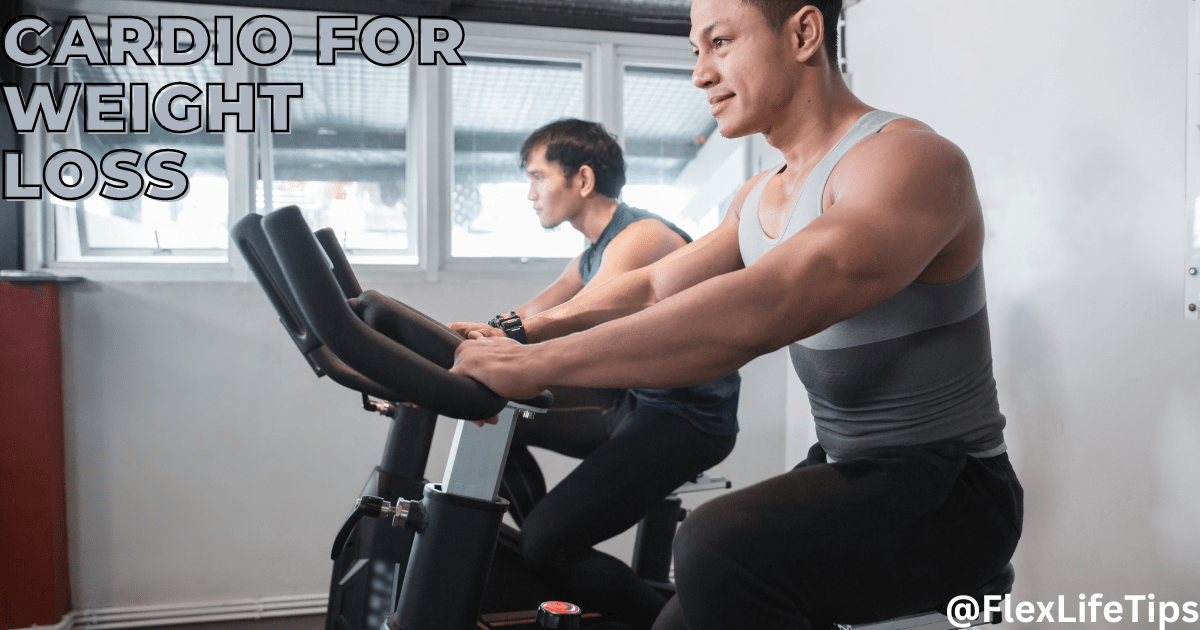
Definition of Cardio: Cardio, short for cardiovascular exercise, refers to activities that elevate your heart rate and improve the efficiency of your circulatory system. These exercises engage large muscle groups and boost oxygen flow, promoting overall cardiovascular health.
Role in Weight and Fat Loss: When it comes to weight loss, cardio workouts at the gym play a pivotal role. The fundamental principle is simple – burning more calories than you consume leads to weight loss. Cardio exercises help create a calorie deficit by increasing energy expenditure. The more intense the workout, the more calories you burn, contributing to fat loss.
Addressing Common Questions: Let’s tackle some common questions about cardio and weight loss:
- Is 30 Minutes of Cardio Enough to Lose Weight?
- While 30 minutes is a good starting point, the effectiveness depends on the intensity. Higher-intensity workouts can yield results in a shorter time.
- How Do Cardio Exercises Affect Weight Loss?
- Cardio increases calorie burn, helping create the necessary deficit for weight loss. It also enhances metabolism, contributing to long-term fat burning.
- Which Form of Cardio Burns the Most Fat?
- High-intensity forms like HIIT are known for maximizing fat burn. However, consistency and personal preference are crucial factors.
- What Happens If You Stop Cardio?
- Ceasing cardio may lead to a reduction in calorie burn, potentially slowing down weight loss. Consistency is key for sustained results.
- Can Cardio Burn Belly Fat?
- Cardio workouts contribute to overall fat loss, including belly fat. However, spot reduction is a myth, and a comprehensive approach is essential.
Understanding the basics sets the stage for an informed and effective cardio journey. Now, let’s explore the best cardio exercises at the gym for weight loss and how to maximize their benefits.
The Best Cardio Exercises for Weight Loss
Embarking on a weight loss journey at the gym involves selecting the most effective cardio exercises. Let’s delve into the top 11, ensuring that “Cardio workouts at the gym for weight loss” remain our guiding principle.
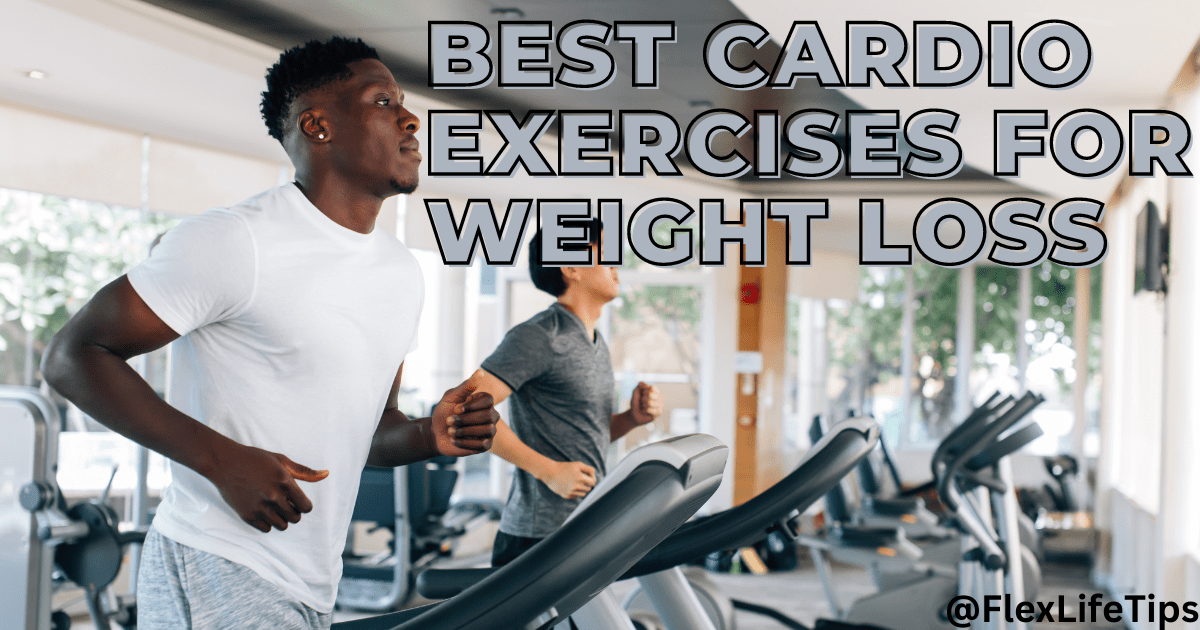
- High-Intensity Interval Training (HIIT):
- HIIT takes center stage for rapid calorie burn. Alternating between short bursts of intense activity and brief rest periods, it maximizes fat loss while preserving muscle mass.
- Stair Climber:
- Climbing stairs engages major muscle groups, providing an effective full-body workout. It’s a low-impact option that can be tailored to various fitness levels.
- Running:
- A classic cardio exercise, running elevates heart rate and torches calories. Whether on a treadmill or outdoors, it’s versatile and easily adjustable to suit different fitness levels.
- Walking:
- Brisk walking is an accessible and low-impact way to engage in cardio. Perfect for beginners, it’s an excellent starting point for those looking to ease into a fitness routine.
- Cycling:
- Whether stationary or on a bike, cycling is a fantastic cardiovascular exercise. It’s gentle on the joints and offers a variety of intensity levels to cater to different fitness goals.
- Sprinting:
- Intense bursts of sprinting activate fast-twitch muscles and boost metabolism. Incorporating sprints into your routine adds an element of intensity that enhances calorie burn.
- Elliptical:
- The elliptical machine provides a low-impact, full-body workout. It’s particularly beneficial for those with joint concerns, offering a smooth motion that targets multiple muscle groups.
- Jump Rope:
- A simple yet highly effective exercise, jumping rope elevates heart rate and improves coordination. It’s a portable option that can be done virtually anywhere.
- Dance:
- Dance-based cardio workouts add a fun element to your routine. Whether through dance classes or following online routines, it’s an enjoyable way to burn calories.
- Circuit Training:
- Incorporating a series of exercises with minimal rest between sets, circuit training provides both cardiovascular and strength benefits. It keeps the heart rate elevated throughout the session.
- Rowing:
- Rowing engages multiple muscle groups, offering a full-body workout. It’s low-impact and provides an effective way to burn calories while improving cardiovascular fitness.
In the next sections, we’ll delve into the specifics of each cardio exercise, ensuring you have a comprehensive understanding of how to perform them optimally for weight loss. Stay tuned as we guide you through the intricacies of “Cardio workouts at the gym for weight loss.”
High-Intensity Interval Training (HIIT) for Weight Loss
When it comes to “Cardio workouts at gym for weight loss,” High-Intensity Interval Training (HIIT) stands out as a powerhouse. This approach involves alternating between short bursts of intense exercise and brief periods of rest or lower-intensity activity. Let’s dive into the specifics of how HIIT can significantly contribute to your weight loss journey.
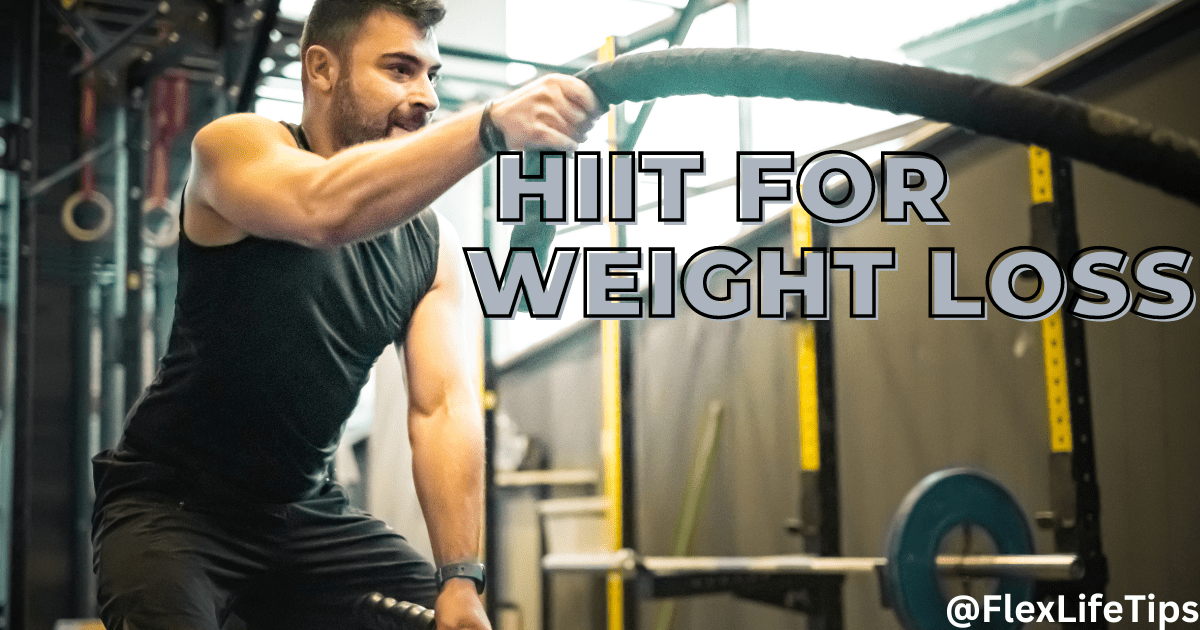
The Best Way to Do It:
- Choose Your Exercises Wisely:
- HIIT allows flexibility in exercise selection. Opt for compound movements that engage multiple muscle groups, such as jumping jacks, burpees, or squat jumps.
- Determine Work and Rest Intervals:
- Customize the duration of your high-intensity intervals based on your fitness level. Typically, work intervals range from 20 to 45 seconds, followed by rest intervals of 15 to 30 seconds.
- Start with a Warm-Up:
- Prioritize a dynamic warm-up to prepare your body for the intensity ahead. Include light cardio and dynamic stretches to increase blood flow and flexibility.
- Progress Gradually:
- If you’re new to HIIT, start with shorter sessions and gradually increase intensity and duration. This approach minimizes the risk of injury and allows your body to adapt.
- Include Recovery Days:
- HIIT is demanding, and adequate recovery is crucial. Integrate lower-intensity workouts or complete rest days to prevent burnout and support muscle recovery.
- Stay Hydrated:
- Hydration is key during HIIT sessions. Ensure you’re well-hydrated before, during, and after your workout to maintain performance and aid recovery.
- Listen to Your Body:
- Pay attention to signals from your body. If you experience pain beyond normal muscle fatigue, it’s essential to assess and adjust your intensity or technique.
Bodyweight HIIT Workouts:
Now, let’s explore a few bodyweight HIIT workouts to kickstart your cardio routine:
- 20-Minute Low-Impact HIIT:
- Incorporate exercises like squats, lunges, and mountain climbers with a focus on controlled movements.
- 30-Minute Basic Bodyweight Workout:
- Combine jumping jacks, high knees, and plank variations for a comprehensive full-body workout.
- Beast Mode Bodyweight Workout:
- Amp up the intensity with exercises like burpees, box jumps, and sprints for an advanced HIIT session.
- 8-Minute AMRAP (As Many Rounds As Possible):
- Perform a circuit of exercises, aiming to complete as many rounds as possible in 8 minutes. Include exercises like push-ups, squats, and jumping rope.
Remember, the key to successful HIIT is consistency. Incorporate these workouts into your “Cardio workouts at gym for weight loss” routine, and watch as your body transforms through the power of high-intensity intervals.
Specialized Cardio Workouts – Kettlebell Exercises for Weight Loss
In our exploration of “Cardio workouts at the gym for weight loss,” let’s shine the spotlight on kettlebell exercises. Kettlebells are versatile gym tools that can elevate your heart rate while engaging multiple muscle groups, making them a fantastic addition to your weight loss journey.
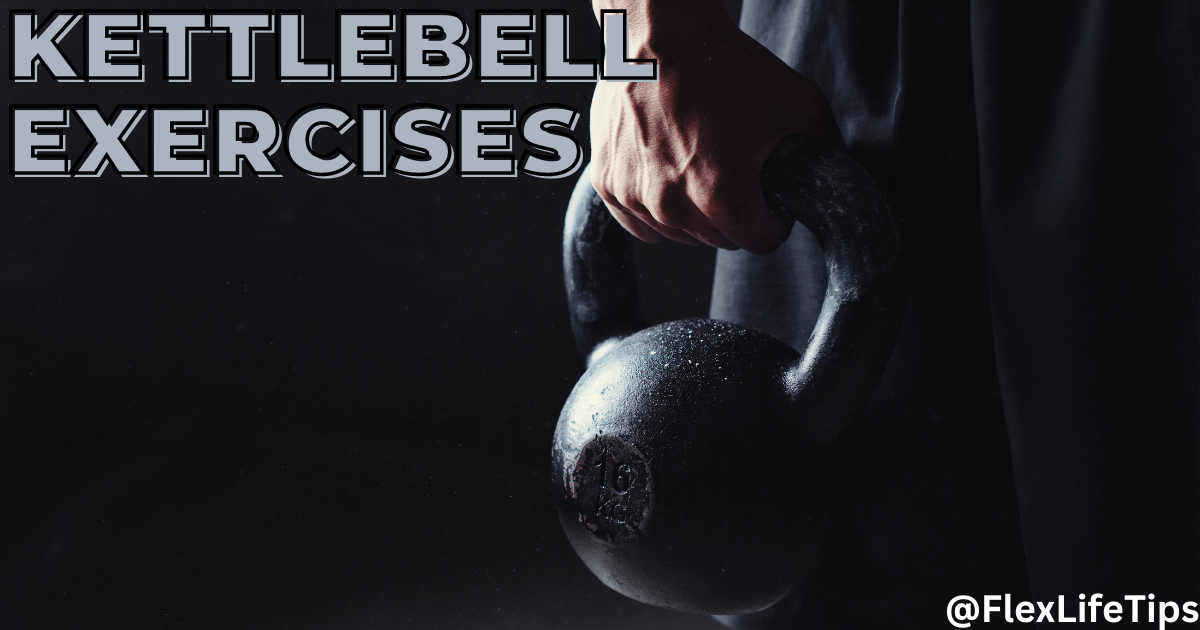
Why It Works:
- Full-Body Engagement:
- Kettlebell exercises involve dynamic movements that target various muscle groups simultaneously. This full-body engagement increases calorie burn, contributing to weight loss.
- Combination of Cardio and Strength:
- Kettlebell workouts seamlessly blend cardiovascular benefits with strength training. This dual approach not only burns fat during the workout but also enhances overall muscle tone.
- Increased Metabolism:
- The intensity of kettlebell exercises can lead to Excess Post-Exercise Oxygen Consumption (EPOC), commonly known as the afterburn effect. This means your body continues to burn calories post-workout, aiding in weight loss.
The Best Way to Do It:
Best Kettlebell Workouts for Weight Loss:
- Total-Body Lift:
- Perform exercises like kettlebell swings, goblet squats, and Turkish get-ups in a sequence for a comprehensive full-body workout.
- Lower-Body Burnout:
- Focus on exercises such as kettlebell lunges, step-ups, and deadlifts to target the lower body and enhance fat burn in that region.
- Max-Intensity Kettlebell Circuit:
- Create a circuit incorporating kettlebell cleans, snatches, and high pulls. This high-intensity circuit challenges your cardiovascular system while promoting muscle engagement.
- Unilateral Kettlebell Workout:
- Unilateral exercises like single-arm swings, presses, and lunges help address muscle imbalances and intensify the cardio aspect.
- 2-Kettlebell Gantlet:
- Set up a challenging circuit with two kettlebells, including exercises like farmer’s walks, double swings, and squat thrusters for an intense cardio session.
Incorporating kettlebell exercises into your “Cardio workouts at gym for weight loss” routine brings a dynamic and effective dimension to your fitness regimen. Remember to focus on proper form, gradually increase intensity, and enjoy the transformative benefits of kettlebell workouts on your weight loss journey.
Cardio Equipment at the Gym for Weight Loss
When it comes to “Cardio workouts at gym for weight loss,” the array of available equipment offers a multitude of options. Let’s explore the benefits and best practices for utilizing cardio machines effectively to achieve your weight loss goals.
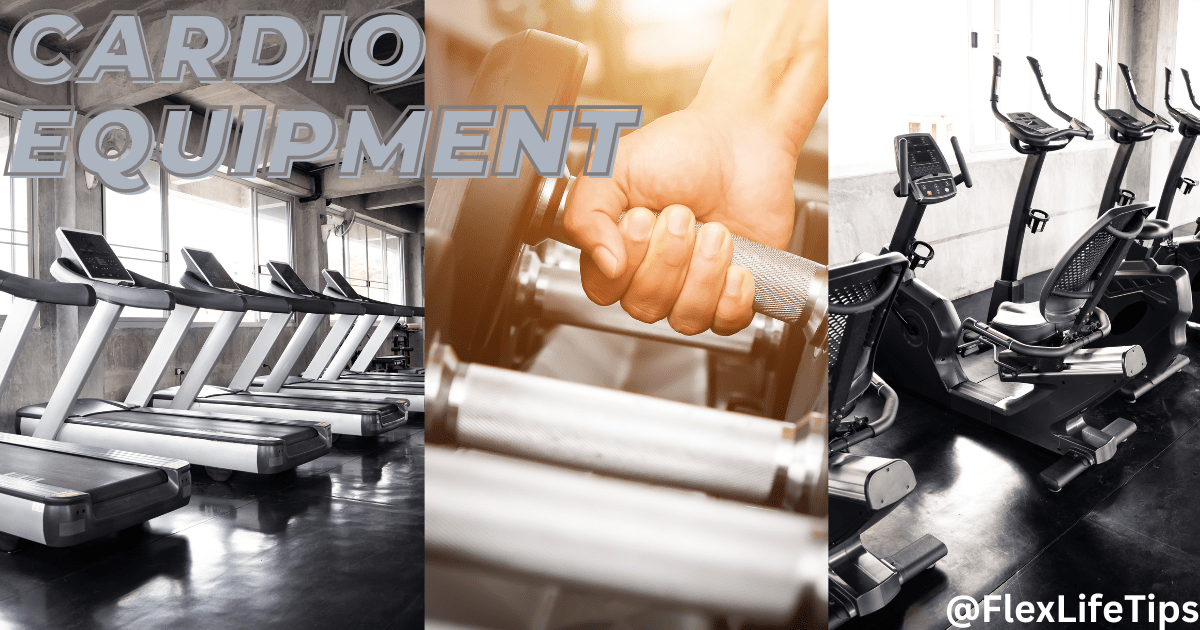
Overview of Cardio Machines:
- Treadmill:
- The treadmill is a staple for cardio enthusiasts. Walking, jogging, or running on a treadmill provides a controlled environment to burn calories, adjust incline for intensity, and track progress.
- Elliptical Machine:
- Offering a low-impact, full-body workout, the elliptical is gentle on joints. It combines leg and arm movements, allowing for an effective cardiovascular session.
- Stationary Bike:
- Cycling on a stationary bike is a low-impact option that engages the lower body. It’s suitable for all fitness levels and provides an excellent cardiovascular workout.
- Rowing Machine:
- Rowing engages multiple muscle groups, including legs, back, and arms. It’s a full-body workout that also contributes to improved cardiovascular health.
- Stair Climber:
- Simulating the motion of climbing stairs, the stair climber targets the lower body. It’s effective for burning calories and enhancing cardiovascular endurance.
- VersaClimber:
- The VersaClimber combines vertical climbing with arm movements. It provides a challenging cardio workout that engages both upper and lower body muscles.
Tips for Using Cardio Machines Effectively:
- Warm-Up Properly:
- Begin your session with a brief warm-up to prepare your muscles and joints for the workout. This can include light cardio or dynamic stretches.
- Maintain Proper Form:
- Whether on the treadmill, elliptical, or bike, maintain good posture and form to maximize the effectiveness of your workout and prevent injury.
- Gradually Increase Intensity:
- Start at a comfortable intensity and gradually increase speed, resistance, or incline. This progression challenges your body and promotes continuous improvement.
- Incorporate Interval Training:
- Spice up your routine with intervals of higher intensity followed by recovery periods. This technique boosts calorie burn and keeps your workouts engaging.
- Stay Hydrated:
- Hydration is essential during any cardio workout. Bring a water bottle and sip regularly to stay energized and support performance.
- Monitor Progress:
- Most cardio machines provide data on distance, time, and calories burned. Track your progress to set goals and stay motivated.
Utilizing cardio machines strategically in your “Cardio workouts at gym for weight loss” routine adds variety and precision to your fitness journey. Experiment with different machines, find what works best for you, and witness the positive impact on your weight loss efforts.
Benefits of Cardio Exercise for Weight Loss
Engaging in “Cardio workouts at the gym for weight loss” offers a myriad of benefits beyond the simple act of burning calories. Let’s delve into the positive impacts of cardiovascular exercise on your weight loss journey.

1. Caloric Expenditure: Cardio workouts are a powerhouse for burning calories. The more intense the exercise, the greater the caloric expenditure, creating the necessary calorie deficit for weight loss.
2. Fat Burning: Cardiovascular exercise primarily targets stored fat for energy, making it an effective tool for reducing body fat percentage. Consistent cardio sessions contribute to a leaner physique.
3. Improved Metabolism: Regular cardio workouts elevate your metabolic rate, both during and after exercise. This increased metabolism means your body continues to burn calories even at rest, supporting long-term weight management.
4. Enhanced Cardiovascular Health: Cardio exercises strengthen the heart and improve blood circulation. This not only aids in weight loss but also promotes overall cardiovascular health, reducing the risk of heart disease.
5. Stress Reduction: Cardiovascular exercise triggers the release of endorphins, the body’s natural mood elevators. This not only reduces stress but also curbs emotional eating, contributing to weight loss.
6. Increased Energy Levels: Regular cardio boosts energy levels by enhancing the efficiency of oxygen transport and nutrient delivery to cells. This increased energy can lead to more active lifestyles, further supporting weight loss.
7. Appetite Regulation: Cardio workouts have been linked to improved appetite regulation. They help balance hunger hormones, making it easier to maintain a healthy eating pattern, crucial for weight loss success.
8. Consistency and Habit Formation: Establishing a routine of regular cardio workouts promotes consistency. Consistent efforts lead to habit formation, creating a sustainable approach to weight loss.
9. Body Composition Improvement: Cardio exercises contribute not only to weight loss but also to improved body composition. This includes increased muscle tone and a reduction in body fat percentage.
10. Mental Health Benefits: Beyond the physical, cardio workouts have profound effects on mental health. Reduced stress, improved mood, and enhanced cognitive function all contribute to a positive mindset that supports weight loss efforts.
11. Accessibility and Variety: The beauty of cardio exercises is their accessibility. From running and cycling to dance and swimming, there’s a wide variety of options, allowing individuals to find activities they genuinely enjoy.
As you incorporate “Cardio workouts at gym for weight loss” into your routine, recognize the holistic benefits beyond the numbers on the scale. Embrace the positive impact on your overall well-being, and let the journey towards a healthier, fitter you unfold.
Duration and Frequency Guidelines for Cardio Workouts at Gym for Weight Loss
Determining the right duration and frequency for your “Cardio workouts at gym for weight loss” is crucial for achieving optimal results. Let’s explore practical guidelines to help you tailor your cardio routine for effective and sustainable weight loss.
1. Finding the Right Duration:
- Starting Point: If you’re new to cardio, begin with shorter sessions, around 20 to 30 minutes, and gradually increase as your fitness level improves.
- Intensity Matters: For moderate-intensity cardio, aim for at least 150 minutes per week. If incorporating high-intensity exercises like HIIT, shorter sessions (20-30 minutes) two to three times a week can be highly effective.
- Balancing Act: Strive for a balance between duration and intensity. Longer sessions at moderate intensity and shorter, more intense sessions can both contribute to weight loss.
2. Ideal Frequency:
- Consistency is Key: Aim for at least three to five cardio sessions per week for sustained weight loss benefits.
- Variety Matters: Mix up your cardio routine with different exercises to target various muscle groups and keep the workouts interesting. This variety also prevents plateaus.
- Rest and Recovery: While consistency is vital, allow your body time to recover. Incorporate rest days or lighter cardio sessions to prevent burnout and reduce the risk of overtraining.
3. Personalized Approach:
- Listen to Your Body: Pay attention to how your body responds to cardio sessions. If you feel fatigued or notice signs of overtraining, adjust your frequency and intensity accordingly.
- Set Realistic Goals: Consider your personal schedule, fitness level, and weight loss goals when determining the frequency and duration of your cardio workouts. Realistic goals are more achievable and sustainable.
4. Combining Cardio with Strength Training:
- Synergistic Benefits: Combining cardio with strength training enhances overall fitness and contributes to weight loss. Aim for a well-rounded approach by incorporating both types of exercises into your routine.
- Schedule Strategically: Consider alternating between cardio and strength training days to allow specific muscle groups to recover while still maintaining an active routine.
5. Monitoring Progress:
- Track Achievements: Keep a record of your cardio sessions, noting duration, intensity, and any milestones achieved. This helps you track progress and stay motivated.
- Adjust as Needed: Regularly reassess your cardio routine based on your evolving fitness level and weight loss goals. Adjust the duration and frequency as needed to continue challenging your body.
In the realm of “Cardio workouts at gym for weight loss,” there’s no one-size-fits-all approach. Listen to your body, set realistic goals, and tailor your cardio routine to align with your individual needs and preferences. Consistency, combined with flexibility, will pave the way for sustainable weight loss success.
Combining Cardio with Strength Training for Weight Loss
In the world of “Cardio workouts at gym for weight loss,” the integration of strength training offers a dynamic approach to achieving your fitness goals. Let’s explore the synergistic benefits of combining cardio and strength training, unlocking a pathway to efficient and sustainable weight loss.
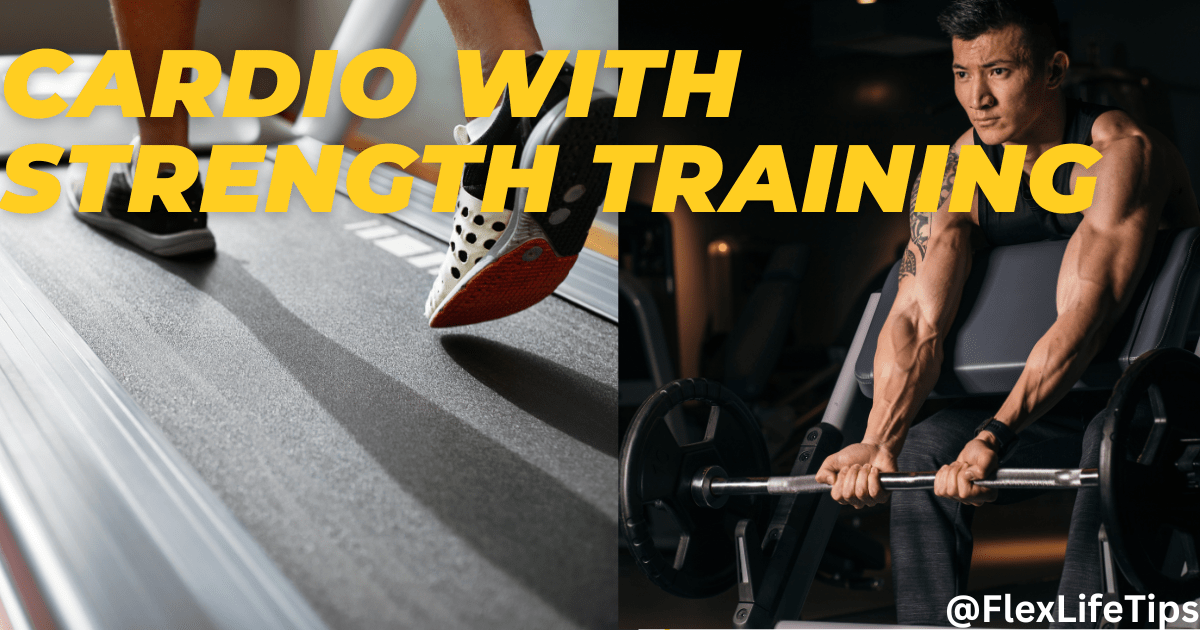
1. Understanding the Synergy:
- Cardiovascular Benefits: Cardio workouts elevate heart rate, burn calories, and enhance endurance. This is vital for immediate calorie expenditure during exercise and fostering a healthier cardiovascular system.
- Muscle Building: Strength training, on the other hand, focuses on building and toning muscles. Increased muscle mass contributes to a higher resting metabolic rate, facilitating long-term calorie burn.
- Balanced Approach: The combination of both disciplines ensures a well-rounded fitness routine, targeting fat loss, improving cardiovascular health, and enhancing overall strength and muscle definition.
2. Scheduling Strategies:
- Alternate Days: Consider alternating between cardio and strength training on different days. This approach allows specific muscle groups to recover while maintaining an active workout routine.
- Integrated Workouts: Incorporate elements of strength training into your cardio sessions. For example, adding bodyweight exercises like squats or lunges during a run intensifies the workout.
- Full-Body Workouts: Opt for full-body strength training sessions to engage multiple muscle groups simultaneously. This complements the comprehensive nature of cardio workouts.
3. Intensity and Duration:
- Cardio Burst Intervals: Infuse short bursts of high-intensity cardio within your strength training routine. This not only enhances cardiovascular benefits but also contributes to efficient calorie burn.
- Progressive Overload: Gradually increase the intensity of your strength training exercises by adding resistance or challenging variations. This progression further supports muscle development and weight loss.
4. Targeted Fat Loss:
- Spot Reduction Myth: While spot reduction is a myth, combining cardio with strength training aids in overall fat loss. The dynamic duo helps shed excess fat and reveal muscle definition.
- Enhanced Metabolism: The combination of cardio and strength training creates an environment of increased metabolism, ensuring that calories continue to burn even after the workout concludes.
5. Sample Integrated Routine:
- Warm-Up (5 minutes): Dynamic stretches and light cardio to prepare the body.
- Strength Training (20 minutes): Full-body exercises like squats, deadlifts, and push-ups.
- Cardio Intervals (15 minutes): High-intensity intervals of jumping jacks, burpees, or sprints.
- Cool Down (5 minutes): Gentle stretching to aid recovery.
6. Listen to Your Body:
- Rest and Recovery: Adequate rest between sessions and listening to your body’s signals are essential. Overtraining can hinder progress, so balance is key.
- Personalization: Tailor the intensity and duration of each component based on your fitness level and goals. A personalized approach ensures sustainability.
The combination of “Cardio workouts at gym for weight loss” with strength training creates a powerful synergy, offering diverse benefits that extend beyond the realms of traditional cardio. As you navigate this integrated approach, find a balance that suits your preferences and propels you toward your weight loss aspirations.
FAQs
Here are frequently asked questions (FAQs) about “Cardio workouts at gym for weight loss“:
- Q: What are the best cardio workouts at the gym for weight loss?
- A: Cardio workouts at the gym for weight loss include activities like running, cycling, elliptical training, and high-intensity interval training (HIIT).
- Q: How often should I do cardio workouts at the gym for weight loss?
- A: To maximize weight loss benefits, aim for at least 3 to 5 cardio sessions per week. Consistency is key in the journey of cardio workouts at the gym for weight loss.
- Q: Can I exclusively rely on cardio workouts at the gym for weight loss?
- A: While cardio is effective for weight loss, combining it with strength training offers a more comprehensive approach. Both disciplines create a synergistic effect, enhancing overall results.
- Q: Is there a specific duration for cardio workouts at the gym for weight loss?
- A: The ideal duration varies, but starting with 20-30 minutes and gradually increasing is a common approach. The key is finding a sustainable balance in your cardio routine for weight loss.
- Q: How soon can I expect to see weight loss results with cardio workouts at the gym?
- A: Individual results vary, but with consistent cardio workouts at the gym for weight loss and a balanced diet, noticeable changes can often be observed within a few weeks.
- Q: Are there specific cardio machines better for weight loss at the gym?
- A: Various cardio machines, such as treadmills, ellipticals, and stationary bikes, are effective. The choice depends on personal preference, fitness level, and any existing physical conditions.
- Q: Can I do cardio workouts at the gym for weight loss if I have joint issues?
- A: Yes, low-impact options like swimming, cycling, or using an elliptical machine are gentler on the joints and can be suitable for those with joint concerns.
- Q: What role does intensity play in cardio workouts at the gym for weight loss?
- A: Intensity matters; higher intensity, such as in HIIT, can lead to greater calorie burn both during and after the workout, contributing to weight loss goals.
- Q: Should I incorporate rest days in my cardio workouts at the gym for a weight loss routine?
- A: Yes, rest days are essential for recovery. Balancing cardio sessions with adequate rest helps prevent overtraining and supports long-term weight loss efforts.
- Q: Can cardio workouts at the gym for weight loss be customized to my fitness level?
- A: Absolutely! Tailor your cardio routine to your fitness level and gradually increase intensity. The versatility of cardio exercises allows for a personalized approach to achieving weight loss goals.
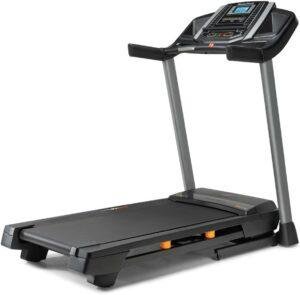
Conclusion
In conclusion, the pursuit of weight loss through “Cardio workouts at the gym for weight loss” stands as a commendable and effective approach. The diverse range of cardio exercises available at the gym, encompassing running, cycling, elliptical training, and high-intensity interval training (HIIT), provides individuals with ample choices to tailor their fitness routines according to personal preferences and fitness levels.
“Cardio workouts at the gym for weight loss” offer a multifaceted strategy, not only burning calories during the workout but also fostering long-term benefits. Regular engagement in these exercises contributes to an elevated metabolism, improved cardiovascular health, and the reduction of body fat percentage.
The versatility of cardio workouts allows for customization, ensuring that individuals can find an approach that suits their unique needs and goals. Whether it’s the invigorating pace of running, the low-impact options like cycling and swimming, or the dynamic intensity of HIIT, there’s a cardio workout suitable for everyone.